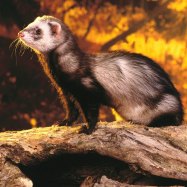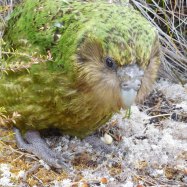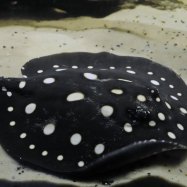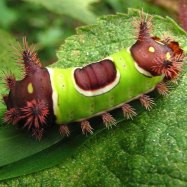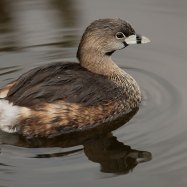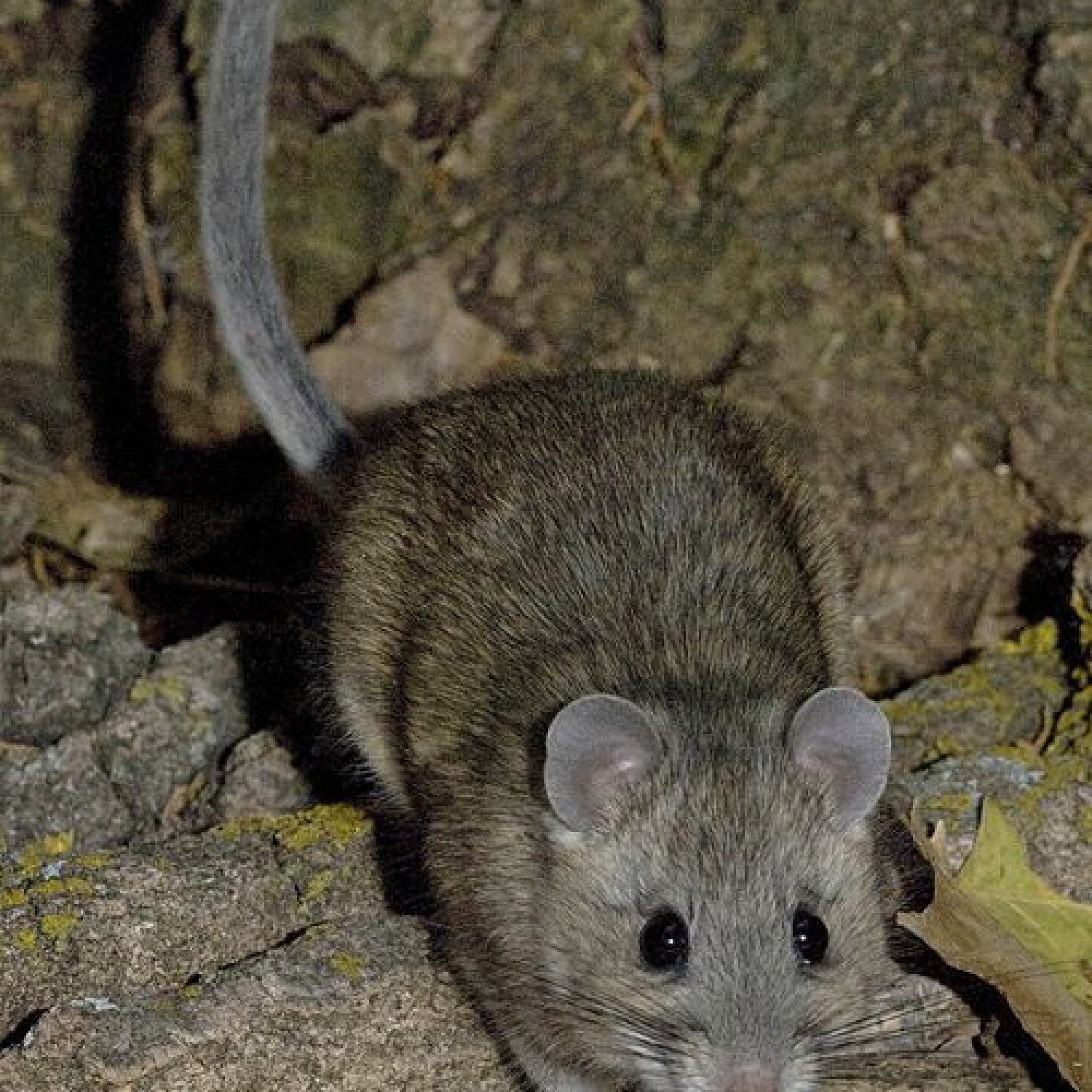
Woodrat
8-17 inches
Woodrats are fascinating creatures found throughout most of the United States. With a medium-sized and stocky body, these animals can range from 8-17 inches in length. Belonging to the Cricetidae family, woodrats are adept climbers and foragers, making them important members of their ecosystem. These animals, also known as packrats, play a vital role in dispersing seeds and helping maintain the balance of their environment. Keep an eye out for these cute and curious critters on your next hike in the woods! #Woodrat #Animals #Cricetidae #Nature
Animal Details Summary:
Common Name: Woodrat
Kingdom: Animalia
Habitat: Woodlands, deserts, grasslands
The Curious and Adaptable Woodrat: A Fascinating Rodent of the Americas
The world of rodents is vast and diverse, with over 2,000 species found across various habitats on our planet. These small but mighty creatures play crucial roles in ecosystems and have unique adaptations that make them highly adaptable to their surroundings. One such rodent is the woodrat, also known as Neotoma in the scientific world. These curious and intelligent mammals are found throughout North and Central America and have captivated the interest of researchers and nature enthusiasts alike Woodrat.Native to the United States, the woodrat belongs to the family Cricetidae, which also includes other small rodents like mice, voles, and hamsters. They are also commonly known as packrats, trade rats, or bushy-tailed woodrats due to their distinctive long and furry tails. However, these names can be misleading, as woodrats are not actually part of the rat family. Let's dive deeper into the world of the woodrat and discover what makes them such unique and fascinating creatures.
Appearance and Anatomy
The woodrat's scientific name, Neotoma, is derived from Greek words "neos" meaning new and "temno" meaning cutting, referring to the rodent's teeth, which continue to grow throughout its life. Similar to other rodents, woodrats have four front incisors that never stop growing and must be worn down through constant gnawing and chewing. These sharp incisors, along with their small yet powerful jaws, allow them to break through tough vegetation and build intricate homes.Woodrats have a medium-sized body, ranging from 8 to 17 inches in length, with a stocky build and short, sturdy limbs. Their fur coloration can vary from gray to brown, black or a combination of these shades, allowing them to blend in with their surroundings Water Dragon. They also have large, round ears and prominent black eyes, giving them an alert and curious appearance.
Habitat and Geographical Distribution
Woodrats are highly adaptable and can be found in a wide range of habitats, including woodlands, deserts, and grasslands. They are primarily found in North and Central America, from the southern parts of Canada to northern Costa Rica. Some species have even been observed living in urban and suburban areas, making use of abandoned buildings and structures.In the wild, woodrats are known to build their homes in rock crevices, caves, and the base of trees. However, their most elaborate and noteworthy homes are called middens, which they construct using twigs, branches, leaves, and other natural materials. These middens resemble miniature castles and can be several feet tall and wide, providing these rodents shelter and protection from predators.
Feeding Behavior
Woodrats are herbivores, meaning they primarily feed on plants and plant materials like leaves, stems, fruits, and seeds. They are known for their ability to store food for later use, which is why they are also called packrats or trade rats. They will gather large amounts of food and store it in their middens, which can come in handy during times of scarcity or when they are unable to access food sources outside of their territory.Besides plants, woodrats have also been observed eating insects, bird eggs, and even small vertebrates, depending on their habitat and food availability. This flexibility in their diet is another example of their adaptability and resourcefulness.
Behavior and Social Life
Woodrats are primarily nocturnal creatures, meaning they are most active at night and rest during the day. They are also solitary animals, coming together only to mate and raise their young. However, some species have been observed living in small groups of two to three rodents in their shared territory.What sets woodrats apart from other rodents is their curious and cautious behavior. They are known to inspect their surroundings carefully before venturing out for food or other activities. This behavior, along with their impressive nest-building skills and ability to store food, has earned them a reputation for being intelligent and curious creatures.
Conservation Status
The woodrat's adaptability and resilient nature have helped them thrive in various habitats across North and Central America. However, some species are facing threats, mostly due to habitat loss and fragmentation. These beautiful creatures are also hunted for their fur and used as laboratory animals for research purposes. As a result, some species of woodrats are listed as vulnerable or endangered, highlighting the need for conservation efforts.Implications and Significance
While woodrats may seem like ordinary creatures at first glance, a closer look reveals their remarkable adaptations and behavior. Their ability to build intricate homes and gather and store food is essential for seed dispersion, soil aeration, and pollination. They are also an important prey for various predators, playing a vital role in the delicate balance of the ecosystem.Studying woodrats can also provide valuable insights into their adaptive capabilities, which can be used to understand and potentially address issues in other animal populations facing habitat loss and fragmentation. As the human population continues to grow and expand into natural areas, it is crucial to understand and protect the diverse and essential creatures like the woodrat.
Discover the World of the Woodrat
In conclusion, the woodrat, or Neotoma, is a fascinating and highly adaptable rodent found throughout North and Central America. Their intricate homes, curious and cautious behavior, and resourceful nature make them stand out in the world of rodents. While some species face threats and challenges, studying and understanding these creatures is crucial for their conservation and to gain insights into the workings of nature.So, the next time you are walking through a woodland, desert, or grassland, take a moment to look out for the curious and adaptable woodrat, and you may just discover something new about these intelligent and fascinating creatures.

Woodrat
Animal Details Woodrat - Scientific Name: Neotoma
- Category: Animals W
- Scientific Name: Neotoma
- Common Name: Woodrat
- Kingdom: Animalia
- Phylum: Chordata
- Class: Mammalia
- Order: Rodentia
- Family: Cricetidae
- Habitat: Woodlands, deserts, grasslands
- Feeding Method: Herbivore
- Geographical Distribution: North and Central America
- Country of Origin: United States
- Location: Throughout most of the United States
- Animal Coloration: Gray, brown, black
- Body Shape: Medium-sized with a stocky build
- Length: 8-17 inches
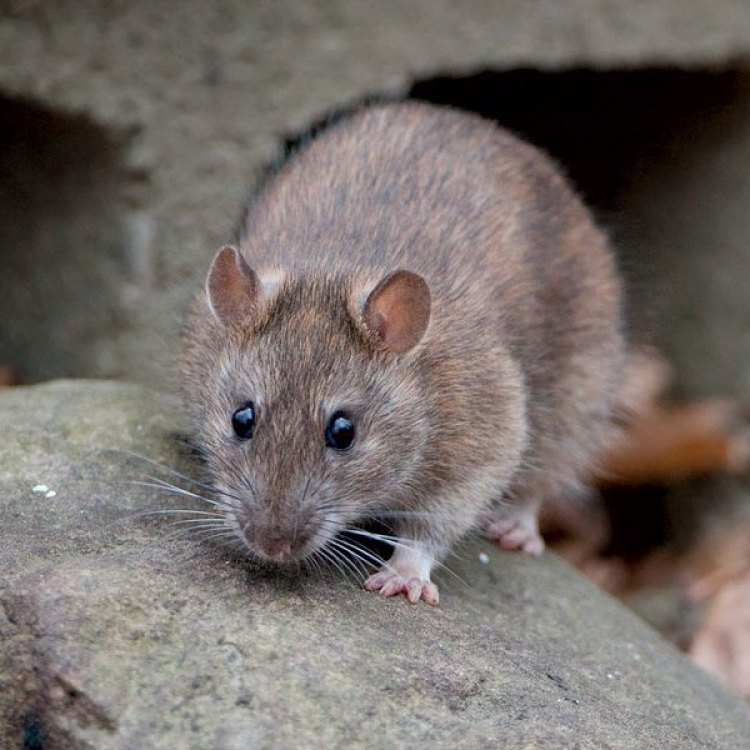
Woodrat
- Adult Size: Medium-sized
- Average Lifespan: 2-8 years
- Reproduction: Sexual
- Reproductive Behavior: Polygynous
- Sound or Call: High-pitched squeaks
- Migration Pattern: Non-migratory
- Social Groups: Solitary
- Behavior: Nocturnal
- Threats: Habitat loss, predation
- Conservation Status: Least Concern
- Impact on Ecosystem: Seed dispersal
- Human Use: None
- Distinctive Features: Large, noticeable ears; bushy tail
- Interesting Facts: Woodrats build intricate nests made of sticks
- Predator: Owls, snakes, coyotes
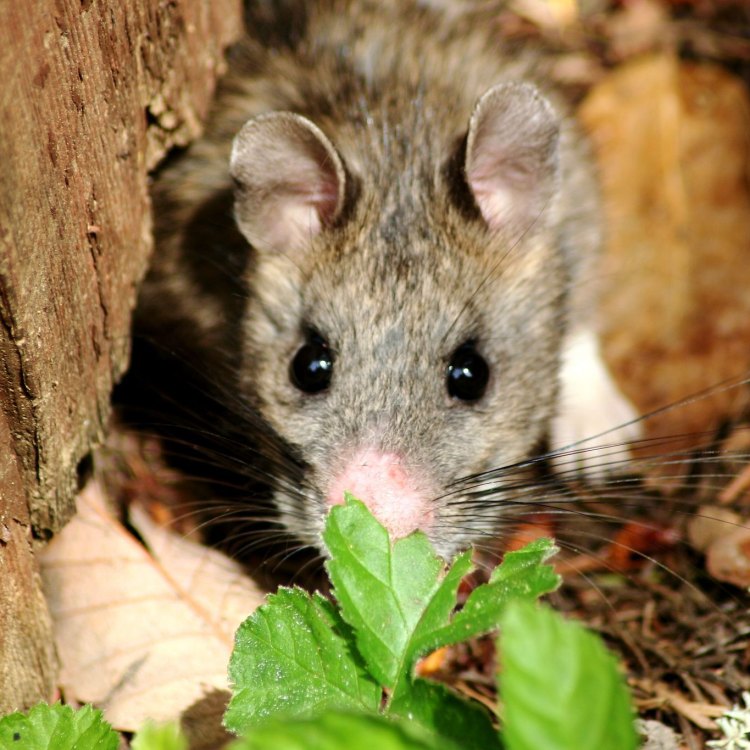
Neotoma
The Fascinating World of the Woodrat: A Closer Look into a Small but Mighty Creature
When we think of rodents, we often imagine small, scurrying creatures who are considered pests in our homes. However, there is a lesser-known rodent species that deserves our attention and admiration – the woodrat. Known for their distinctive features and fascinating behaviors, woodrats are a species worth exploring. In this article, we will delve into the world of the woodrat, learning about their unique characteristics, behaviors, and impact on the ecosystem PeaceOfAnimals.Com.Woodrats, also known as packrats, belong to the Neotoma genus and are found in North and Central America. They are medium-sized rodents, typically growing to around 6-10 inches in length, with a bushy tail that can add an additional 6-8 inches. But don't let their size fool you – woodrats are mighty creatures with interesting adaptations that allow them to thrive in their environment.
One of the most intriguing aspects of the woodrat is their reproductive behavior. They are a sexual species, with females giving birth to litters of 2-3 offspring. However, what sets woodrats apart is their polygynous mating system. This means that males will mate with multiple females during breeding season, resulting in a large number of offspring. This reproductive strategy has led to a thriving population of woodrats, making them a successful species.
Woodrats have also developed unique adaptations to protect themselves from predators Weimaraner. Their high-pitched squeaks serve as a warning to any potential threats, allowing them to escape danger quickly. Additionally, their solitary nature and nocturnal behavior also contribute to their survival, as they can avoid confrontations with larger predators.
Speaking of predators, woodrats have a long list of natural enemies, including owls, snakes, and coyotes. These predators play a crucial role in the woodrat population, keeping it in check and preventing it from becoming overabundant. Without predators, the ecosystem's balance could be disrupted, leading to potential consequences for other species.
Unfortunately, woodrats are facing other threats besides predators, such as habitat loss and fragmentation. As human development continues to encroach on their habitat, woodrats are losing their homes and vital resources. This has led to a decline in their population in some areas, making them a species of concern for conservation efforts.
Thankfully, woodrats are currently listed as "Least Concern" on the IUCN Red List, which means their population is stable and not facing any immediate threat of extinction. However, conservation efforts are still crucial in preserving their habitat and ensuring their population continues to thrive.
One aspect of woodrats that often goes unnoticed is their impact on the ecosystem. As they forage for food, woodrats also play a vital role in seed dispersal. They often consume seeds from a variety of plants and then deposit them in different locations, helping to disperse and diversify plant populations. This behavior is essential for plant survival and the overall health of the ecosystem.
Aside from their impact on the ecosystem, woodrats also have unique behaviors that are worth mentioning. One of the most striking characteristics of these rodents is their ability to build intricate nests out of sticks. These nests can grow to be quite large, sometimes reaching up to four feet in diameter and resembling small beaver dams. These structures serve as both shelter and food storage for woodrats, allowing them to survive harsh winters and store food for times when resources may be scarce.
Due to their solitary nature and nocturnal behavior, observing woodrats in the wild can be quite challenging. However, with their large and noticeable ears and bushy tails, they are hard to miss when you do happen to catch a glimpse of them. And if you do, consider yourself lucky – woodrats are elusive and not often seen by humans.
In terms of human use, woodrats do not serve any significant purpose for us. While they have been used for research purposes in various studies, they are not currently used for any human benefit. However, this does not mean they should be overlooked or disregarded. As a crucial part of the ecosystem, woodrats play an important role in maintaining balance and diversity in the environment.
In conclusion, the woodrat may seem like an insignificant creature at first glance, but upon closer examination, we can discover their unique features, behaviors, and impact on the ecosystem. As we continue to learn more about these fascinating rodents, it is essential to remember the importance of preserving their habitat and ensuring their population remains stable. After all, even the smallest creatures can play a large role in the world around us.
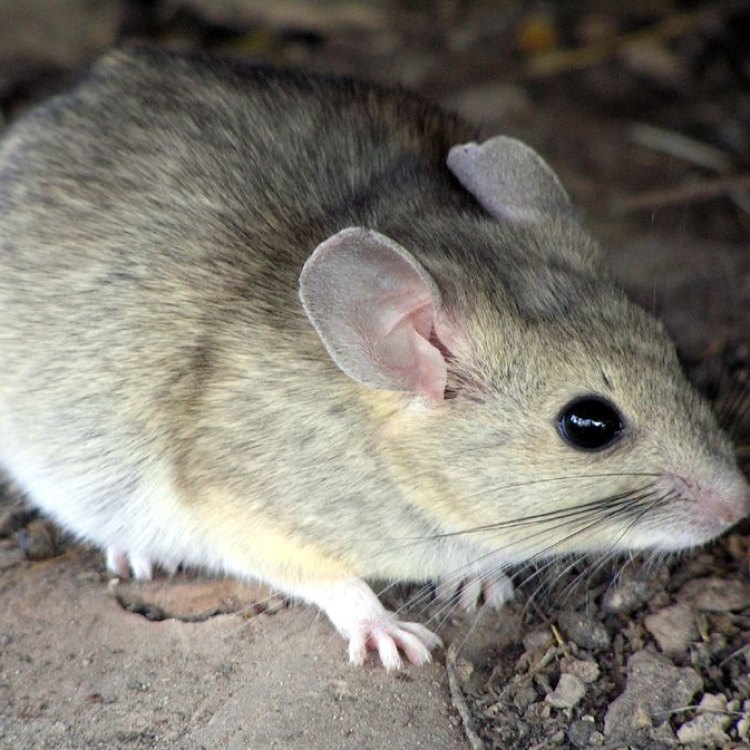
The Curious and Adaptable Woodrat: A Fascinating Rodent of the Americas
Disclaimer: The content provided is for informational purposes only. We cannot guarantee the accuracy of the information on this page 100%. All information provided here may change without prior notice.


